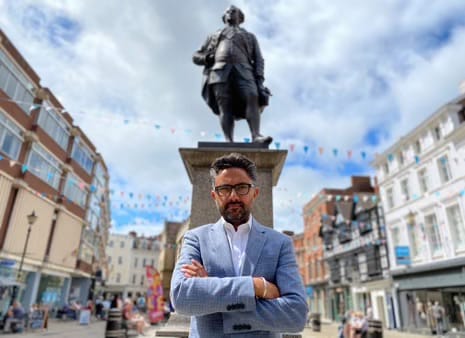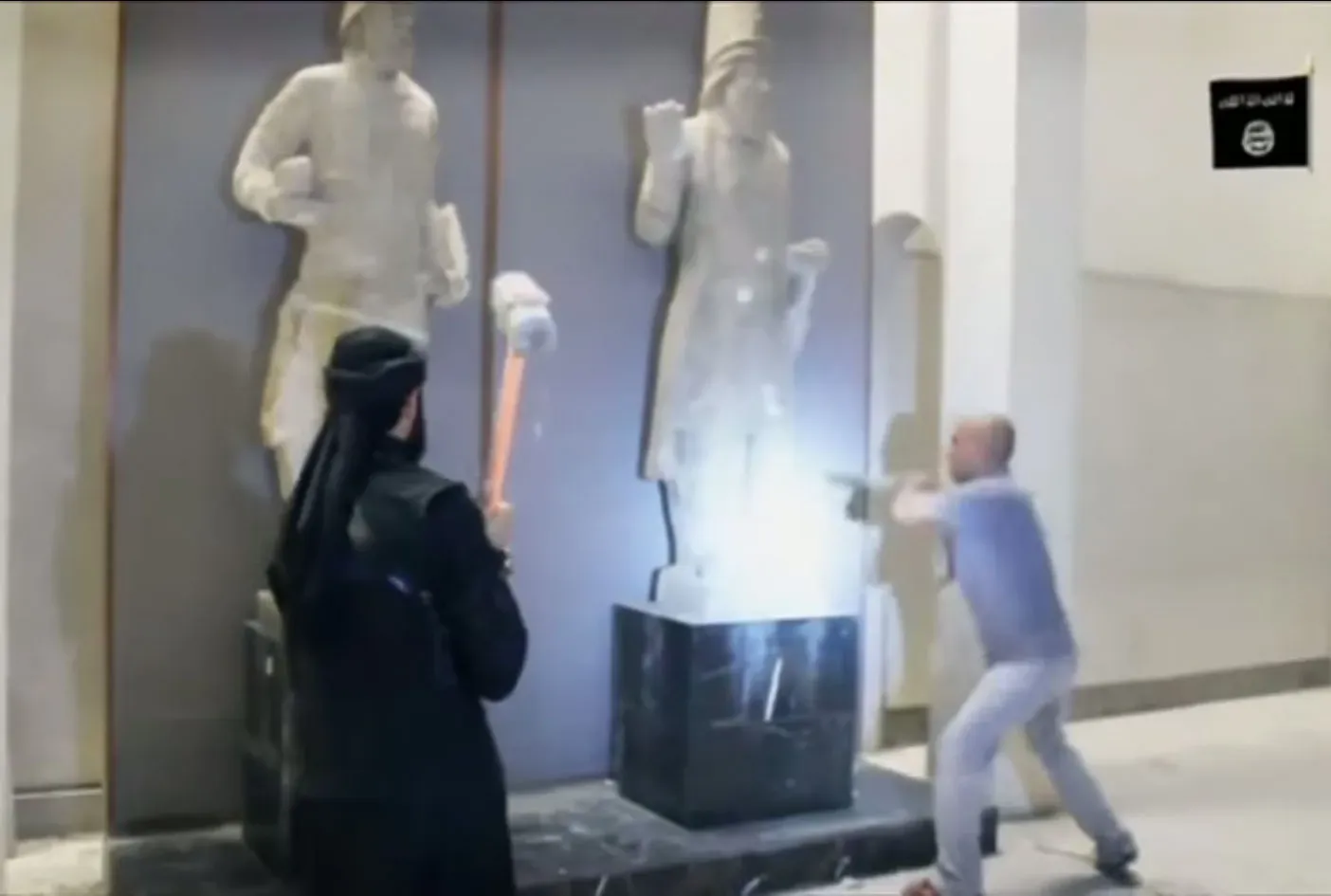STATUE STRIPPERS

In a recent Guardian article referring to Clive of India as an "asset stripper," I couldn’t help but laugh, feeling there was a kind of reverse irony in these modern "statue strippers" looking for any opportunity to dismantle Britain’s past. They seem to possess porcelain-fragile sensitivities, preferring to hide away anything that offends them in the back of broom cupboards rather than simply let them be. Most people walk past statues without the faintest idea of who or what they’re looking at—unless, perhaps, it’s Paddington Bear.
Case in point: the recent vandalism of the Paddington Bear statue elicited disproportionate outrage from the very Cultural Marxist voices who, on their own ideological terms, actively pursue the erasure of historical figures from Britain's past. One might reasonably conclude that the integrity of a fictional bear is now a more pressing matter than the preservation of actual history. And lest there be any confusion, Paddington Bear does not, in fact, exist.
However, the symbolism of actually attempting a Year Zero strategy à la Pol Pot on Britain’s rich (and yes, problematic) history is part of a growing trend to create a new timeline—one on which those most easily offended will use their leverage in the victim-olympics to gain power culturally, institutionally, or politically.
Being a fan of Clives in general, and especially Clive Wynne-Candy from Powell and Pressburger’s 1945 masterpiece The Life and Death of Colonel Blimp, got me thinking about how the Major-General, played by Roger Livesey, swears a solemn vow to Judith (the love of his life) never to change “until the floods come.”
For even when the Nazi barbarians bomb his old London house and he gazes down at a single floating leaf in the emergency water tank, he consoles himself by defiantly declaring, “Now here is the lake, and I still haven’t changed.”
We have a new type of barbarian at our gates now, disguised as well-intentioned, but make no mistake—they will happily see all history erased to enable their supremacy, just as ISIS fighters did in more brutal fashion with the ancient artefacts from the Assyrian and Akkadian empires at the Mosul Museum in 2015.
